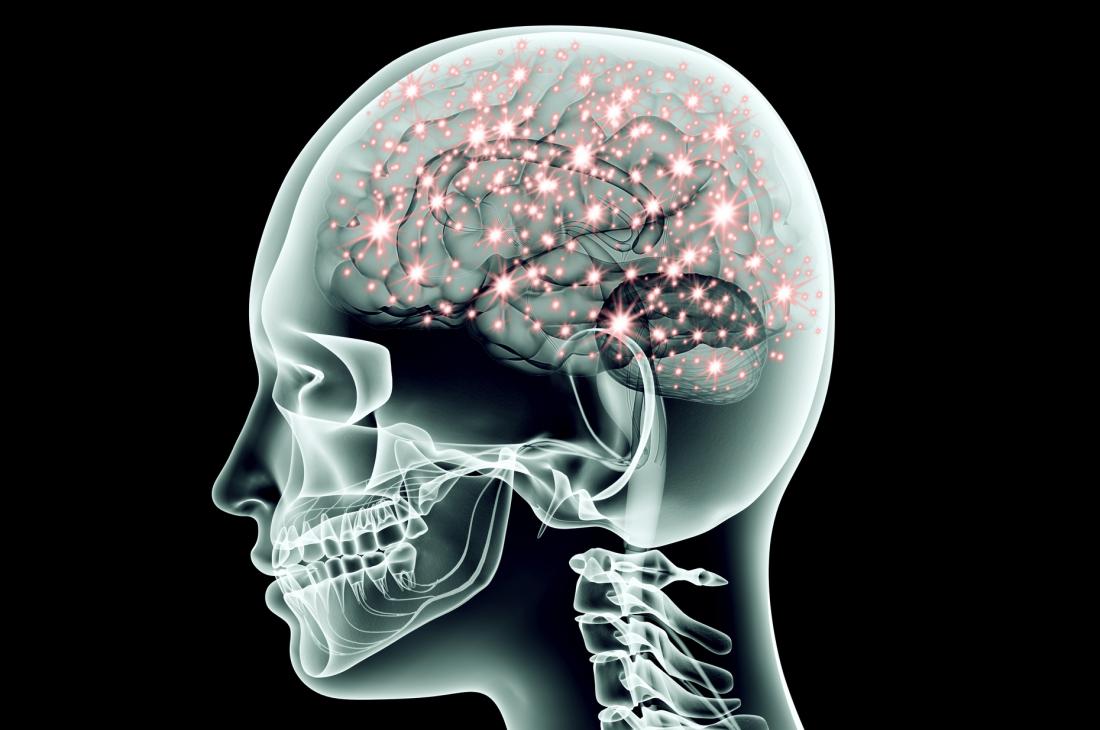A Finnish study conducted by the University of Turku demonstrated the brain areas implicated in emotions and their regulation among people with psychopathy.
The study was published in the journal Cerebral Cortex.
“Here, we tested whether such antisocial personalities are associated with similar structural and neural alterations as those observed in criminal psychopathy,” the study says.
“Subjects were 100 non-convicted well-functioning individuals, 19 violent male offenders, and 19 matched controls. Subjects underwent T1-weighted magnetic resonance imaging and viewed movie clips with varying violent content during functional magnetic resonance imaging.”
Using the Levenson self-report psychopathy scale, the participants’ psychopathic traits were measured.
Based on the study, psychopathic participants showed lower gray matter density in two brain areas: the anterior insula and orbitofrontal cortex.
“Viewing violence increased brain activity in periaqueductal grey matter, thalamus, somatosensory, premotor, and temporal cortices. Psychopathic offenders had increased responses to violence in thalamus and orbitofrontal, insular, and cingulate cortices,” the study found.
“We conclude that brain characteristics underlying psychopathic spectrum in violent psychopathy are related to those observed in well-functioning individuals with asocial personality features.”


